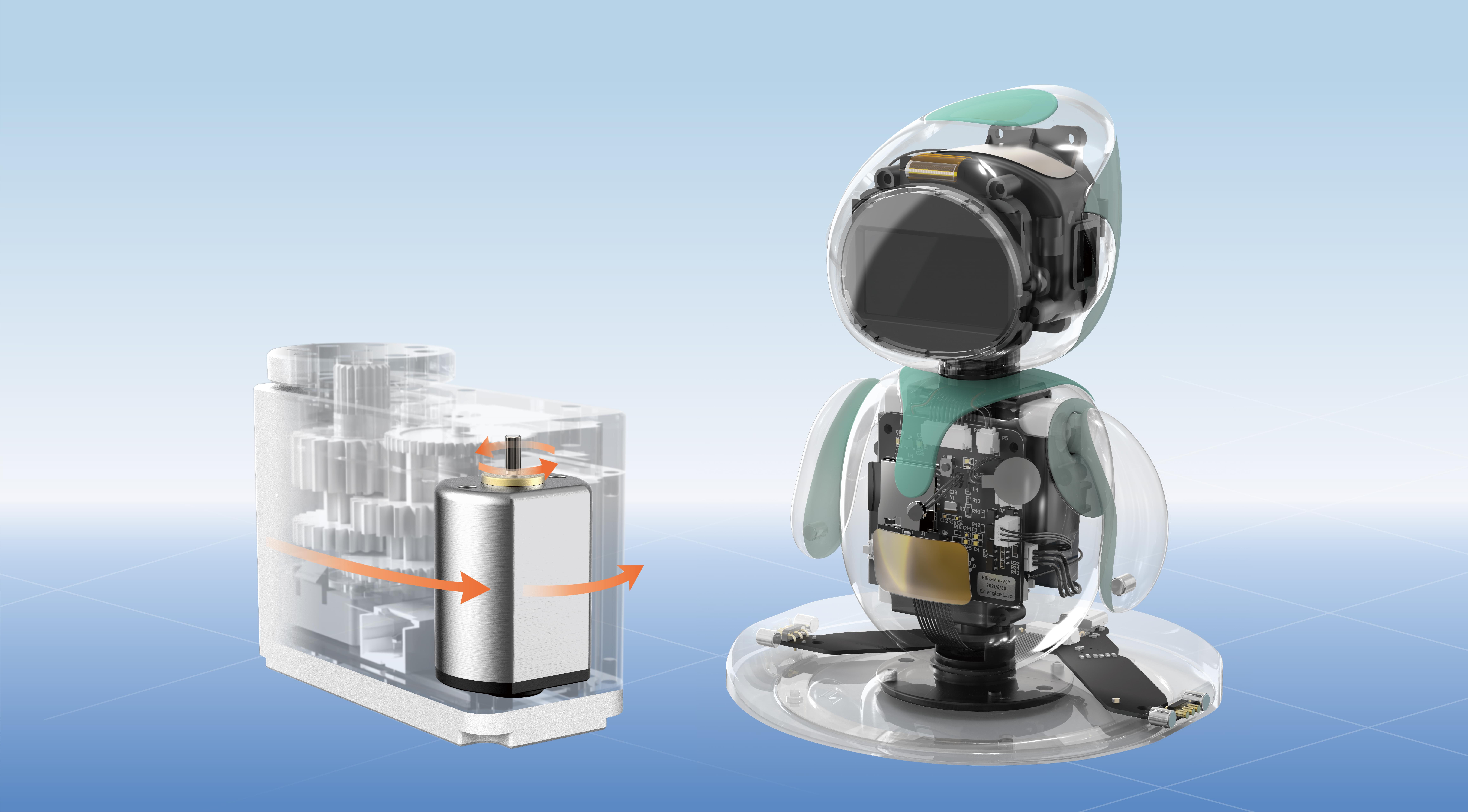Imagine sitting in a bustling cafe, posters plastered everywhere, conversations humming around you. Now think of a complex, ever-changing network of services humming beneath the digital surface. That’s where service discovery in microservices steps in — a bit like having an intelligent directory service that keeps track of every service, every instance, on the fly, without missing a beat.

Here’s the deal: in a monolithic architecture, service locations are fixed. But with microservices, things get tricky—services pop up, disappear, scale up, scale down. How do clients know who’s available, where they are, and how to connect? That’s where dynamic service discovery becomes the backbone of smooth operation. Think of it as the nervous system that keeps everything responsive and in sync.
Picture a Netflix-like streaming app. When you hit play, behind the scenes, dozens of microservices jostle with each other—user service, catalog service, recommendation engine, payment gateway—each dancing around servers that might shift every second. Without real-time discovery, the system is flying blind, risking timeouts or failed connections. With a solid service discovery process, it’s like having an always-updated map guiding you to the right server, instantly.
Now, how does this actually work? There are two main ways: client-side discovery and server-side discovery. The former makes the client ask a registry about service locations. The latter lets a load balancer or router handle it, asking the registry for the freshest info before directing the traffic. Both approaches have their quirks but are vital for resilience and scalability. In practical terms, these registries keep a registry of all available instances, their health status, and their network addresses—making sure nothing slips through the cracks when services scale in or out.
Let's take a moment to ponder—what’s the real game-changer here? It’s flexibility. When a new instance of a service spins up, it registers itself and becomes instantly available. When it’s taken down, it de-registers itself. Everything stays current, no manual updates needed. That kind of automation makes rapid deployment and auto-scaling a breeze. Imagine a traffic spike—your system just responds, scaling seamlessly without hiccups.
Another nugget: reliability. Service discovery introduces redundancy. If one server bites the dust, others pick up the slack without missing a beat. Plus, health checks mean those nuked instances vanish from the list, steering clients clear of dead ends. It’s reliability on steroids—powerful enough to keep massive, distributed systems humming.
In the end, service discovery is about agility. How fast can your architecture adapt? How seamlessly can new features roll out without a hitch? That’s the core value. It's not just about technical finesse—it’s about ensuring your platform feels nimble, responsive, and future-proof. Do you want your microservices to talk smoothly? You need a rock-solid discovery mechanism. Because in this game, identify the right service, at the right time, makes all the difference.
Established in 2005, Kpower has been dedicated to a professional compact motion unit manufacturer, headquartered in Dongguan, Guangdong Province, China. Leveraging innovations in modular drive technology, Kpower integrates high-performance motors, precision reducers, and multi-protocol control systems to provide efficient and customized smart drive system solutions. Kpower has delivered professional drive system solutions to over 500 enterprise clients globally with products covering various fields such as Smart Home Systems, Automatic Electronics, Robotics, Precision Agriculture, Drones, and Industrial Automation.




































